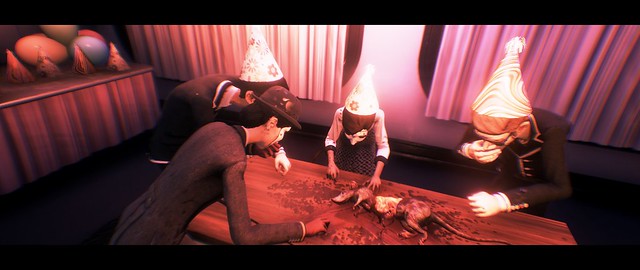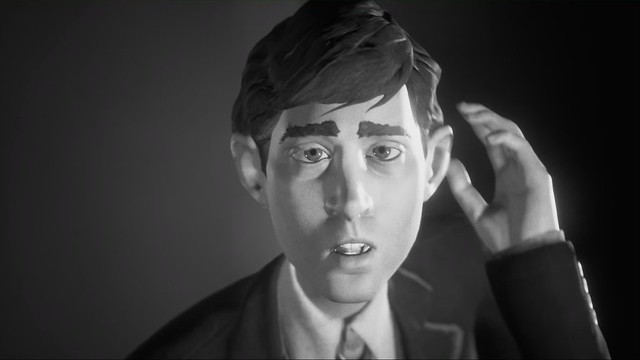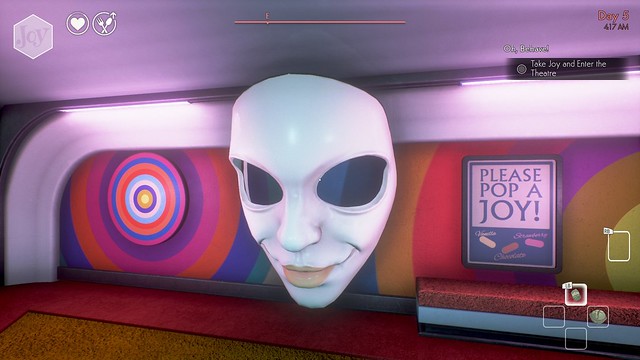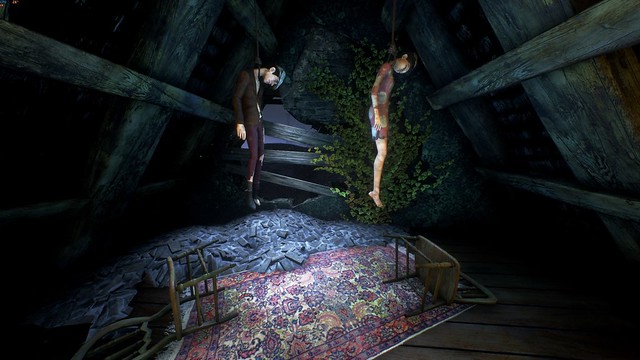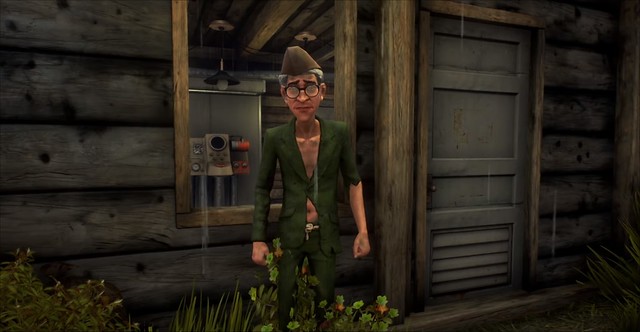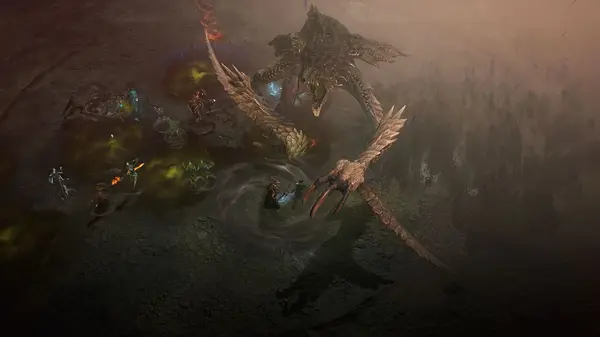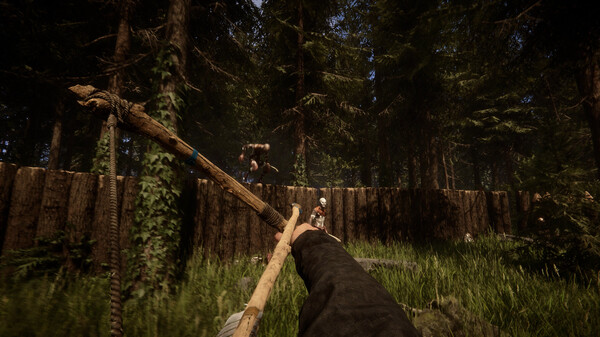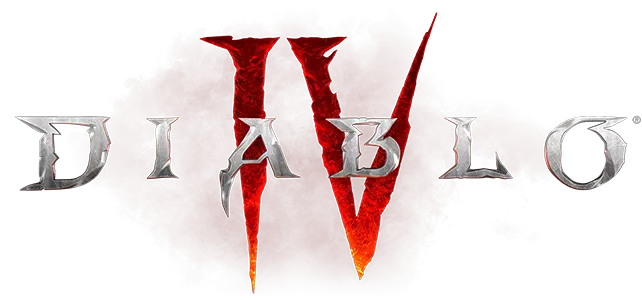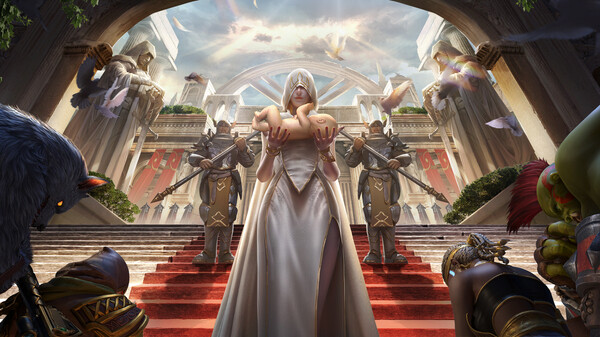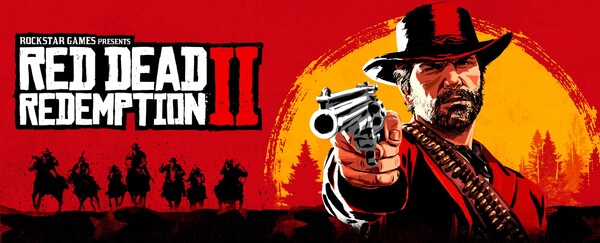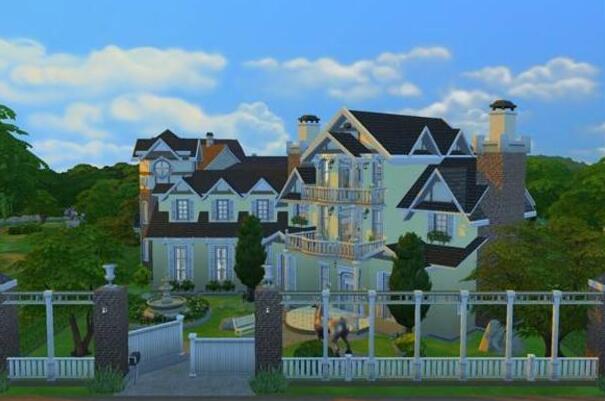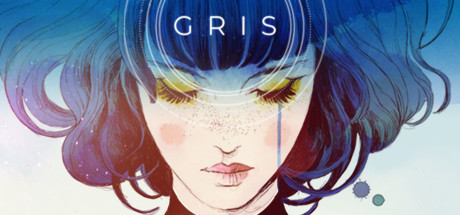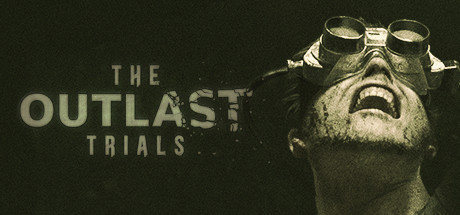[Disclosure: A review copy was provided for the contents of this article]
We Happy Few is an interesting game to review, considering that it had a disastrous soft launch what seems like an age ago (almost two years, so in gaming terms it was an age ago.) Back then, the game was a sort of aimless, first person survival experience that didn’t really seem to push the buttons of those who previewed it, despite the fact that it took place in a promisingly strange world populated by those smirking, otherworldly police officers for which the game has become so famous.
Whilst I didn’t play the game in its early form, I can tell just by comparing what I read back then to what I now see before me that much has changed in the design life cycle. For starters, We Happy Few features about forty hours of story content, minimum, across three acts all of which involve different central characters with somewhat interlinking storylines. Even more impressive, the world is procedurally generated every time you play, so arguably there’s a fair bit of replay value should you really enjoy the game.
There are a few locations to visit across the adventure, but the bulk of the game takes place among the juxtaposing locales of Wellington Wells and Lud’s Holm, each of which is respectively home to the best and worse of society in We Happy Few. The ridiculous (and sometimes entirely falsified) opulence of Wellington Well’s richest district is a deliberate contrast to the war torn and entirely derelict Lud’s Holm, as are the lives of the inhabitants in each of these locations, which manifest in their behaviors towards the player.
Within the first hour of the game, the player learns that the so-called Wastrels of Lud’s Holm are simply members of society who have been cast out for one reason or another, usually because they are off their “Joy.” Joy is a kind of drug that an Orwellian overlord known as Uncle Jack uses to suppress the population, keep them happy and make them forget the terrible events of the past. Wastrels will attack the player on sight if they happen to be wearing decent clothing, but are otherwise happy to leave him or her alone.
The more wealthy and supposedly well to do occupants of Wellington Wells take the opposite stance, calling the player out as a wastrel if he or she appears among them in anything less than their finery. Similarly, if the player walks among them without being under the influence of Joy for too long, then they’ll spot it, label you a downer and again, turn aggressive. Depending on where you are and who is around, this can be a bit of a death sentence, which means that We Happy Few has some interesting variation on traditional stealth gameplay, because often you’ll need to walk in plain sight whilst ensuring you don’t threaten those around you.
There are probably three real elements of play in We Happy Few, which often revolve around the need to navigate and explore very different areas in the game world, whilst either avoiding, fighting or conforming with the local populace. Mostly, you’ll do this to move between specific objectives that form part of reasonably varied set of missions that are personal to each of the three protagonists (albeit on a theme.) The missions themselves tend to take place in enclosed areas. From outdoor military facilities to underground railroads and government offices, the game always takes a distinct change of pace when moving from the open world locations to one where a mission objective can be found.
To talk further about who you’ll play as, our first hero, Arthur, is on a quest to find his brother Percy, the fate of whom he feels greatly responsible for. Our second, Ollie, is just a raving madman – or perhaps he’s the only sane person left? Finally, there’s Sally, who has perhaps the most interesting setting. Her story is linked to Arthur’s based on both past and present, but just when you think she’s going to act as the kind of bog standard female character that’s shoehorned in to games like this, you realise that there are things about Sally that make her by far the character with most at stake.
Throughout the game, regardless of who you play as, you’ll deal with what the worst of all modern gaming chattels – pointless, unnecessary crafting and survival elements. There are tens of weapons to craft, but since bullets ran out long ago, they are basically all bludgeoning or stabbing weapons that feel broadly identical. It’s also possible to craft various tonics, balms and bandages to enable healing and these are fine – though I don’t really know why they need to be crafted. You’ll collect countless scraps, bottles, bits and bobs throughout the game, but few of them are rare enough for it to matter and almost none of the key items share components, so there are no difficult choices.
During literally the first ten minutes of the game, you might also find the need to eat or drink challenges you briefly – and I do mean briefly. You’ll soon have access to abundant food, water and places to rest regardless of character (with a few brief exceptions as the result of how the story plays out) which makes me wonder what the point of the crafting and survival elements is at all. Crafting lockpicks, for example, is the sum of one component (bobby pins) which are required in hardly any other craftables, so why not just let the player use bobby pins as lockpicks and skip a pointless step in between. As if the designers knew this, the “pick lock” action will automatically (and instantly) craft you a lockpick if you don’t have one, but you do have a bobby pin. Same for the in game equivalent of a crowbar, which is crafted from the abundant “metal bits” that you find more or less everywhere.
Sadly then We Happy Few is a bit of a mixed bag. It’s quite a cool concept in both how it looks and what the story focuses on. The three main characters have interesting and lengthy stories to tell, set in a world where The Allies (or at least Britain) lost WWII to the Germans, who in turn decided to kidnap all British children. The Brits adopted the use of Joy to ensure that they forgot this awful truth and the bizarre world that I’ve described is the product – it’s a very cool setting that you’ll want to explore, but I didn’t feel like it was ever fleshed out to the extent I wanted. A bit like the series Lost, if anyone remembers that.
The visuals are creative and imaginative, but technically they are only average, whilst music plays a smaller role than it should. Voice acting saves a lot of the story in We Happy Few, with every performance a real treat, but outside of the actual story characters specifically, the rest of the world feels pretty devoid of life, despite people teeming all around. The crafting is pointless and the RPG skill tree (that I haven’t mentioned yet) offers perhaps the least interesting set of upgrades that I’ve seen in years, which is, indeed, why I didn’t mention it. Who gives a shit about silent lock picking or seeing footprints further?
The bottom line is, We Happy Few is not a bad game but it’s not a brilliant one either. A missed opportunity, so to speak. As a result, for me, it’s a:

